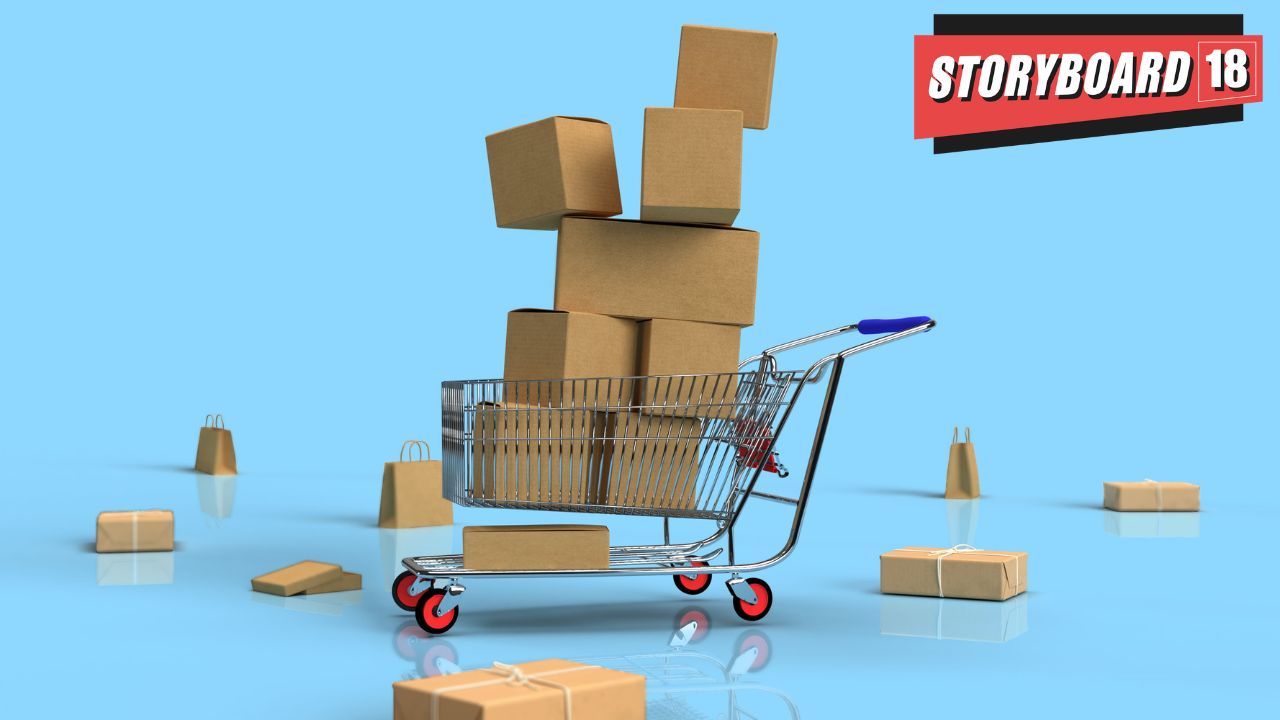From high shipping charges to delayed delivery time and lack of product availability is some of the pain points shared by the online shoppers, in the latest ‘The Indian Online Shopper 3.0’ report by IPG Mediabrands and Google.
A comprehensive exploration of consumer behavior in the digital shopping landscape, the in-depth report surveyed over 7,000 consumers across India, delving into 18 key categories to unveil crucial insights for understanding the evolving online shopping trends.
This equips businesses and marketers with knowledge about consumer behavior, enabling them to tailor strategies that resonate with the dynamic preferences and expectations of the Indian online shopper.
Key takeaways include:
The Indian Online Shopper is open to hedonistic shopping; however, is still mostly conservative across categories.
Shopping missions (motivating factors) vary not only across categories, but also across shopper profiles. 15 years after the advent of e-commerce, Indians still need handholding from online retail platforms.
“Social commerce is not ready to be a sales channel. However, it’s becoming the most important point of discovery and influence. Marketplace giants are bleeding users to category-specific marketplaces and D2C brand websites,” it said.
Dissecting the Indian online shopper profile, the report examined demographics, consumer classification, household income segmentation, and state-wise behavior analysis.
According to the report, online shoppers skew younger: 75% of shoppers are aged 18-44.
Shopping for household, not just self: Most are married (69%), living with children, and nearly half (49%) live with parents.
Significant portion are affluent: 62% of online shoppers have medium to high household income. Concentration in select states: Five states account for over half of online shoppers: Maharashtra (16%), Delhi (12%), Karnataka (9%), West Bengal (9%), and Tamil Nadu (8%).
Focusing on 18 categories, the report explored shopping missions, analysed purchase frequency, and unveiled the influences driving online shopping decisions.
The key highlights for this included: rise in emergency purchases: Quick commerce has accelerated purchases in categories like food, groceries, and baby products.
High dependence on recommendations & reviews: Shoppers seek expert opinions before buying expensive items like electronics and furniture.
Fashion and Beauty ecommerce on the rise: These categories show both impulse and routine buying behavior, driven by ease of online shopping.
The study further identified pain points in online shopping, investigated reasons prompting consumers to switch platforms, and outlined the latest trends.
It said that as many brands want more control over the branded space and user shopping experience, D2C marketplaces are witnessing a comeback. Users like buying from D2C potentially due to the perceived quality and authenticity of buying straight from the source.
Fashion and Beauty lead in social adoption: Influenced by popular trends, creators and celebrities, Fashion and Beauty are fastest growing categories when it comes to social commerce.
Additionally, recommended products, live chat, and online catalogues are the most used platform features, with younger shoppers being more accustomed to using experiential, assistive features.
Shopping experience/assistance features are expected by users: 92% users claim to have used some type of platform feature when they shop online.
Product recommendations: Form a vital point of discovery and strong influence in the decision-making process, >2/3 shoppers claimed to switch brands due recommendations on the platform.
Loyalty programs: Monetary value and exclusivity are appreciated, but data privacy and low reward value are concerns.
Top influences included brand websites, recommendations from friends/family, TV ads, social media, and marketplace reviews.
Emerging influences included live streaming on online platforms, AI reviews, social commerce shops, tech-enabled services, and social curation platforms.
Lastly, top issues for the shoppers include price (21%), shipping charges (20%), delivery time (20%), product returns (19%), and product availability (18%). It report also claimed that 48% of the online shoppers today are women.
Shashank Rathore, VP, E-Commerce, Interactive Avenues (the digital arm of IPG Mediabrands India), said, “The e-commerce industry in India is growing rapidly, poised to reach $300 billion by 2030. Quick commerce is now thriving, with over 50 million monthly active users. Amidst these changes, marketers face challenges in understanding audience behavior across multiple shopping platforms. To simplify these complexities and provide valuable insights, we conducted a detailed study and I am confident that it will serve as a valuable resource for businesses and industry professionals navigating this dynamic market.”
